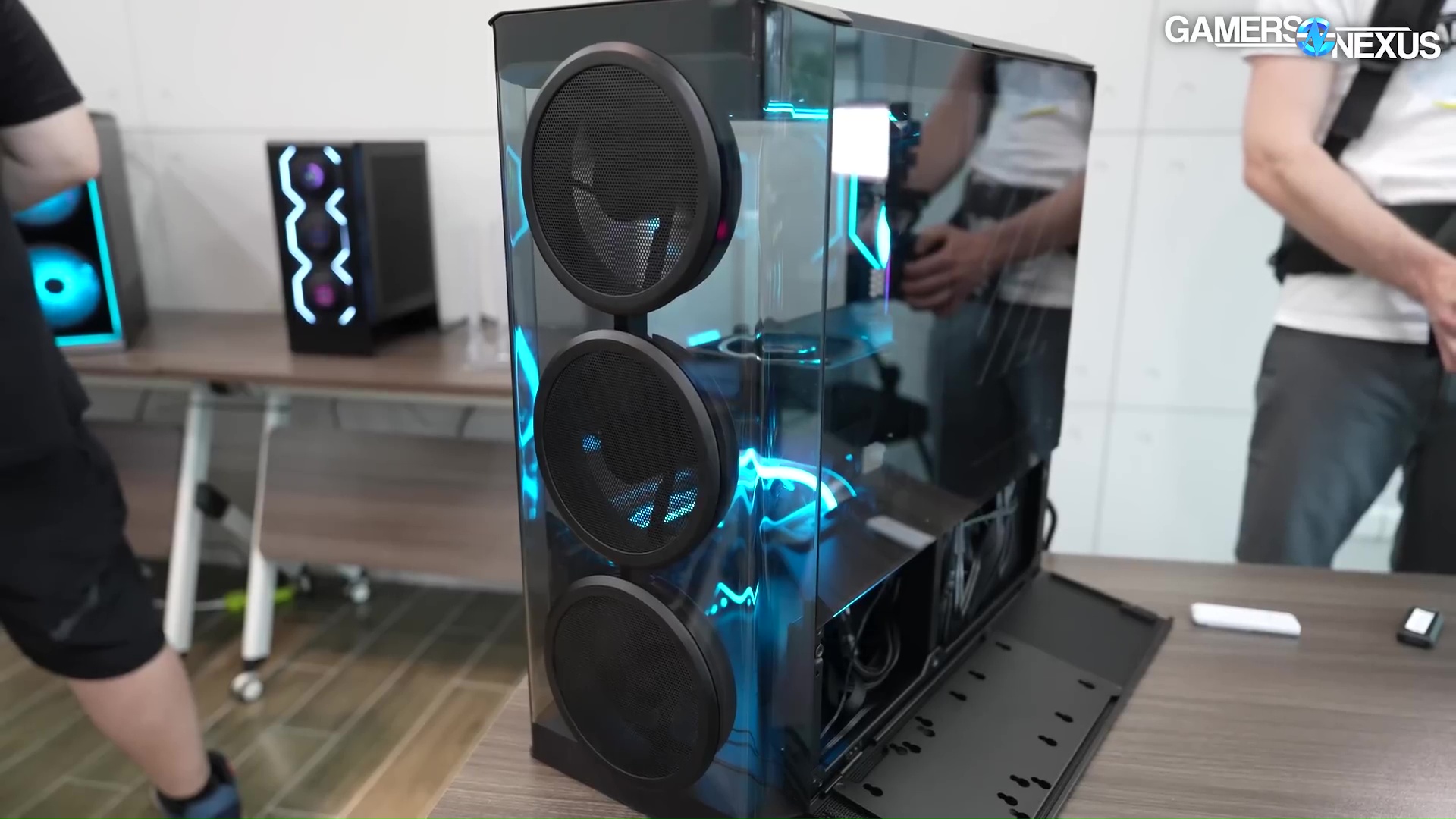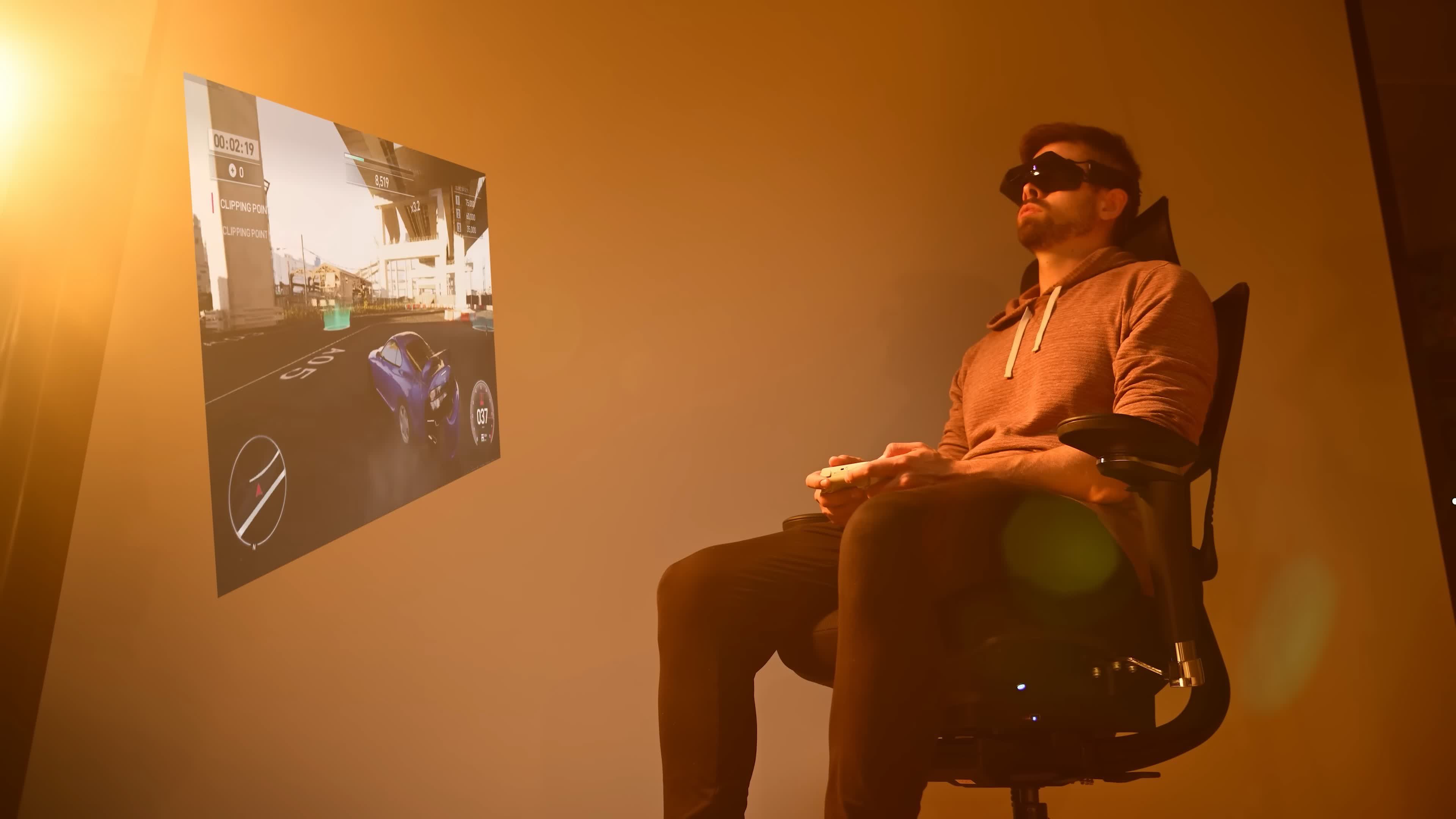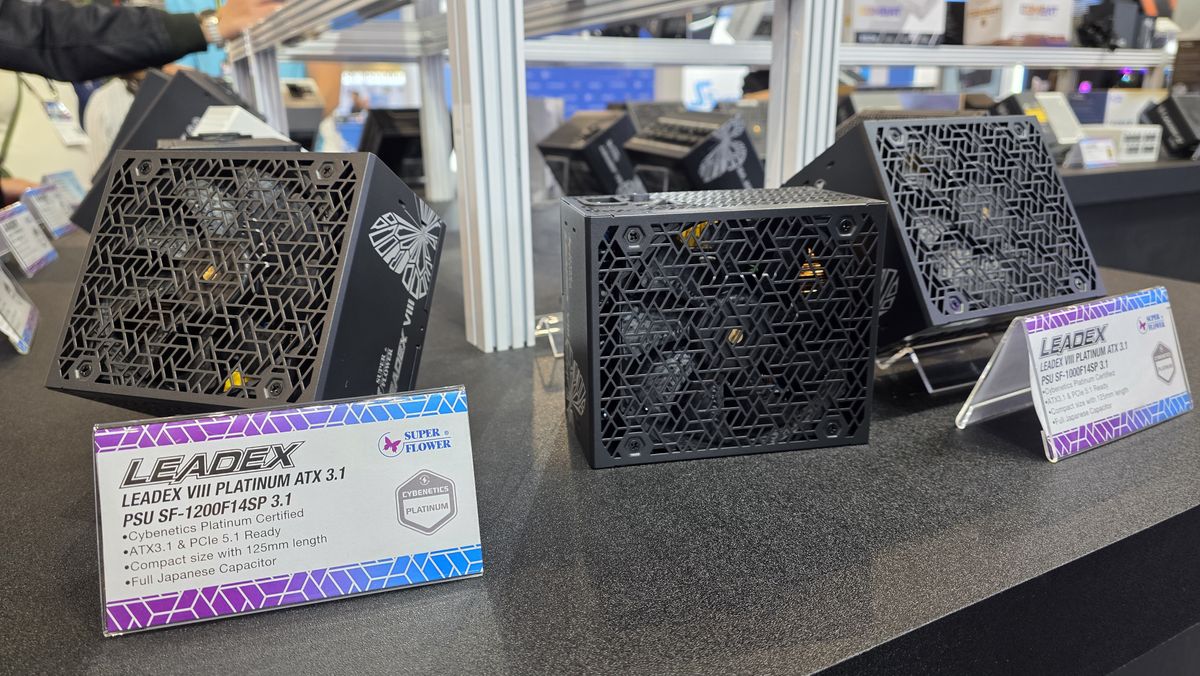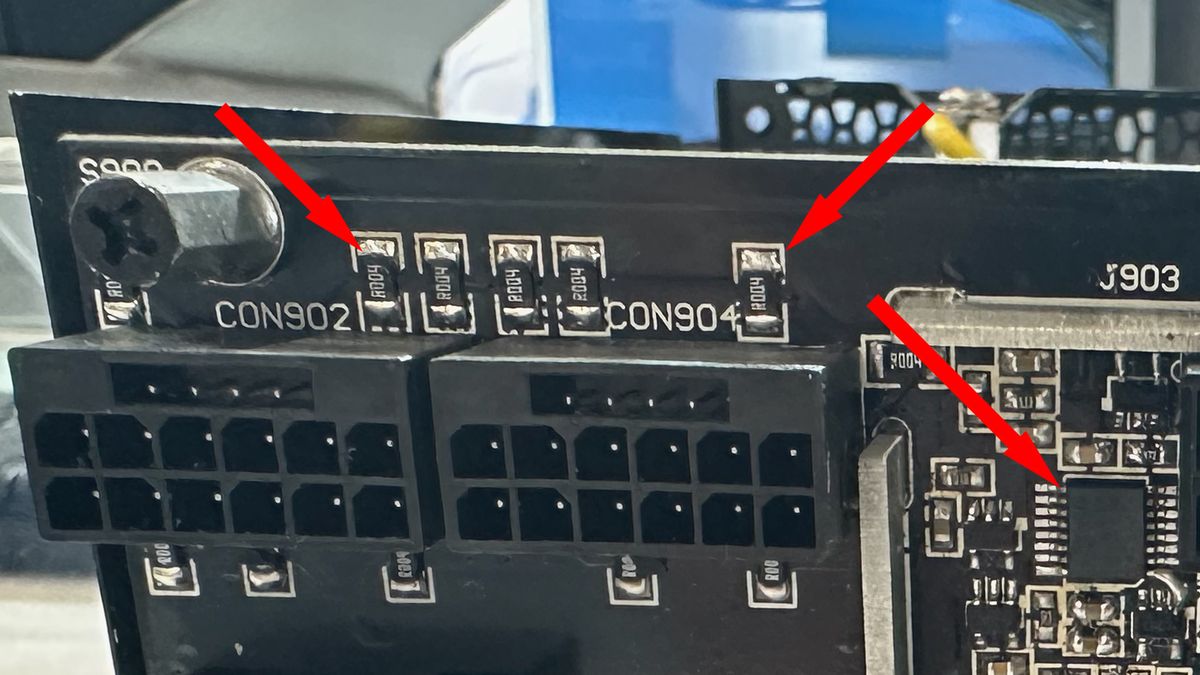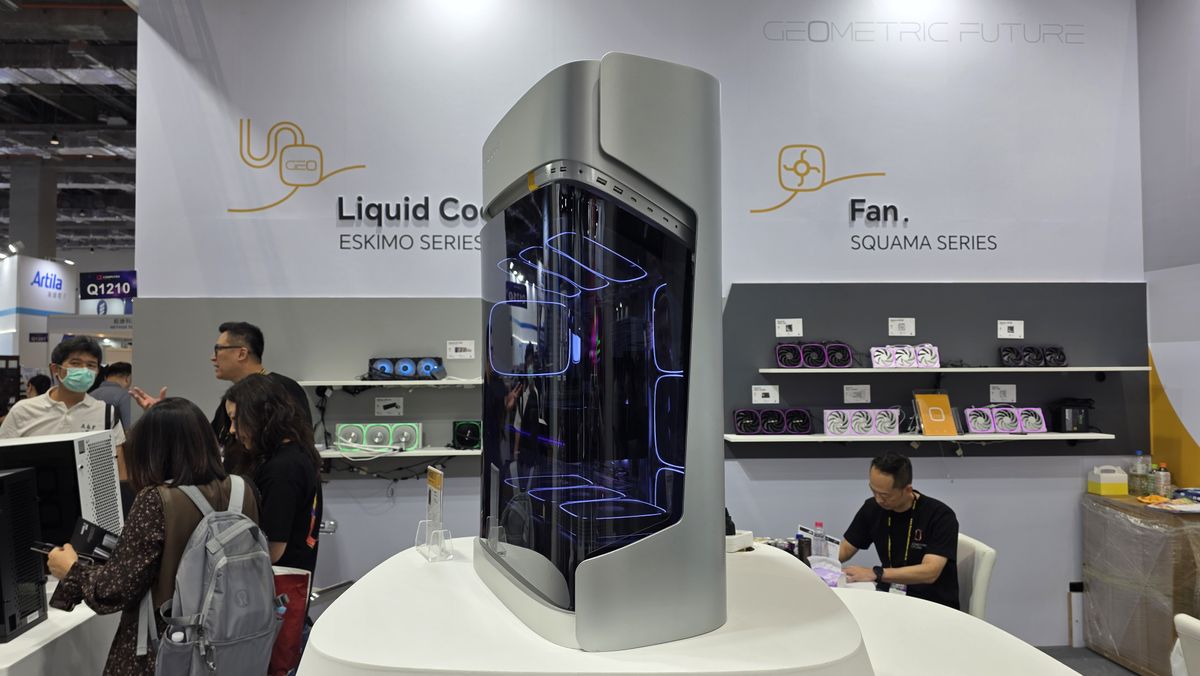Endangered classic Mac plastic color returns as 3D-printer filament
The color of nostalgia
Endangered classic Mac plastic color returns as 3D-printer filament
Mac fan paid to color-match iconic Apple beige-gray "Platinum" plastic for everyone.
Benj Edwards
–
Jun 4, 2025 6:13 pm
|
3
The Mac SE, released in 1987, was one of many classic Macs to use the "Platinum" color scheme.
Credit:
Apple / Polar Filament
The Mac SE, released in 1987, was one of many classic Macs to use the "Platinum" color scheme.
Credit:
Apple / Polar Filament
Story text
Size
Small
Standard
Large
Width
*
Standard
Wide
Links
Standard
Orange
* Subscribers only
Learn more
On Tuesday, classic computer collector Joe Strosnider announced the availability of a new 3D-printer filament that replicates the iconic "Platinum" color scheme used in classic Macintosh computers from the late 1980s through the 1990s. The PLA filamentallows hobbyists to 3D-print nostalgic novelties, replacement parts, and accessories that match the original color of vintage Apple computers.
Hobbyists commonly feed this type of filament into commercial desktop 3D printers, which heat the plastic and extrude it in a computer-controlled way to fabricate new plastic parts.
The Platinum color, which Apple used in its desktop and portable computer lines starting with the Apple IIgs in 1986, has become synonymous with a distinctive era of classic Macintosh aesthetic. Over time, original Macintosh plastics have become brittle and discolored with age, so matching the "original" color can be a somewhat challenging and subjective experience.
A close-up of "Retro Platinum" PLA filament by Polar Filament.
Credit:
Polar Filament
Strosnider, who runs a website about his extensive vintage computer collection in Ohio, worked for years to color-match the distinctive beige-gray hue of the Macintosh Platinum scheme, resulting in a spool of hobby-ready plastic by Polar Filament and priced at per kilogram.
According to a forum post, Strosnider paid approximately to develop the color and purchase an initial 25-kilogram supply of the filament. Rather than keeping the formulation proprietary, he arranged for Polar Filament to make the color publicly available.
"I paid them a fee to color match the speaker box from inside my Mac Color Classic," Strosnider wrote in a Tinkerdifferent forum post on Tuesday. "In exchange, I asked them to release the color to the public so anyone can use it."
A spool of "Retro Platinum" PLA filament by Polar Filament.
Credit:
Polar Filament
The development addresses a gap in the vintage computing community, where enthusiasts sometimes struggle to find appropriately colored materials for restoration projects and new accessories. The new filament is an attempt to replace previous options that were either expensive, required international shipping, or had consistency issues that Strosnider described as "chalky."
The 1.75 mm filament works with standard 3D printers and is compatible with automated material systems used in some newer printer models. On Bluesky, Strosnider encouraged buyers to "order plenty, and let them know you want them to print it forever" to ensure continued production of the specialty color.
Extruded nostalgia
The timing of the filament's release coincides with growing interest in 3D-printed cases and accessories for vintage computer hardware. One example is the SE Mini desktop case, a project by "GutBomb" that transforms Macintosh SE and SE/30 logic boards into compact desktop computers that can connect to modern displays. The case, designed to be 3D-printed in multiple pieces and assembled, represents the type of project that benefits from color-accurate filament.
A 3D-printed "SE Mini" desktop case that allows using a vintage compact Mac board in a new enclosure.
Credit:
Joe Strosnider
The SE Mini case requires approximately half a spool of filament and takes a couple of days to print on consumer 3D printers. Users can outfit the case with modern components, such as Pico PSUs and BlueSCSI storage devices, while maintaining the classic Macintosh appearance.
Why create new "retro" devices? Because it's fun, and it's a great way to merge technology's past with the benefits of recent tech developments. Projects like the Platinum PLA filament, the SE Mini case, and the dedication of hobbyists like Strosnider ensure that appreciation for Apple's computers of yore will continue for decades.
Benj Edwards
Senior AI Reporter
Benj Edwards
Senior AI Reporter
Benj Edwards is Ars Technica's Senior AI Reporter and founder of the site's dedicated AI beat in 2022. He's also a tech historian with almost two decades of experience. In his free time, he writes and records music, collects vintage computers, and enjoys nature. He lives in Raleigh, NC.
3 Comments
#endangered #classic #mac #plastic #color
Endangered classic Mac plastic color returns as 3D-printer filament
The color of nostalgia
Endangered classic Mac plastic color returns as 3D-printer filament
Mac fan paid to color-match iconic Apple beige-gray "Platinum" plastic for everyone.
Benj Edwards
–
Jun 4, 2025 6:13 pm
|
3
The Mac SE, released in 1987, was one of many classic Macs to use the "Platinum" color scheme.
Credit:
Apple / Polar Filament
The Mac SE, released in 1987, was one of many classic Macs to use the "Platinum" color scheme.
Credit:
Apple / Polar Filament
Story text
Size
Small
Standard
Large
Width
*
Standard
Wide
Links
Standard
Orange
* Subscribers only
Learn more
On Tuesday, classic computer collector Joe Strosnider announced the availability of a new 3D-printer filament that replicates the iconic "Platinum" color scheme used in classic Macintosh computers from the late 1980s through the 1990s. The PLA filamentallows hobbyists to 3D-print nostalgic novelties, replacement parts, and accessories that match the original color of vintage Apple computers.
Hobbyists commonly feed this type of filament into commercial desktop 3D printers, which heat the plastic and extrude it in a computer-controlled way to fabricate new plastic parts.
The Platinum color, which Apple used in its desktop and portable computer lines starting with the Apple IIgs in 1986, has become synonymous with a distinctive era of classic Macintosh aesthetic. Over time, original Macintosh plastics have become brittle and discolored with age, so matching the "original" color can be a somewhat challenging and subjective experience.
A close-up of "Retro Platinum" PLA filament by Polar Filament.
Credit:
Polar Filament
Strosnider, who runs a website about his extensive vintage computer collection in Ohio, worked for years to color-match the distinctive beige-gray hue of the Macintosh Platinum scheme, resulting in a spool of hobby-ready plastic by Polar Filament and priced at per kilogram.
According to a forum post, Strosnider paid approximately to develop the color and purchase an initial 25-kilogram supply of the filament. Rather than keeping the formulation proprietary, he arranged for Polar Filament to make the color publicly available.
"I paid them a fee to color match the speaker box from inside my Mac Color Classic," Strosnider wrote in a Tinkerdifferent forum post on Tuesday. "In exchange, I asked them to release the color to the public so anyone can use it."
A spool of "Retro Platinum" PLA filament by Polar Filament.
Credit:
Polar Filament
The development addresses a gap in the vintage computing community, where enthusiasts sometimes struggle to find appropriately colored materials for restoration projects and new accessories. The new filament is an attempt to replace previous options that were either expensive, required international shipping, or had consistency issues that Strosnider described as "chalky."
The 1.75 mm filament works with standard 3D printers and is compatible with automated material systems used in some newer printer models. On Bluesky, Strosnider encouraged buyers to "order plenty, and let them know you want them to print it forever" to ensure continued production of the specialty color.
Extruded nostalgia
The timing of the filament's release coincides with growing interest in 3D-printed cases and accessories for vintage computer hardware. One example is the SE Mini desktop case, a project by "GutBomb" that transforms Macintosh SE and SE/30 logic boards into compact desktop computers that can connect to modern displays. The case, designed to be 3D-printed in multiple pieces and assembled, represents the type of project that benefits from color-accurate filament.
A 3D-printed "SE Mini" desktop case that allows using a vintage compact Mac board in a new enclosure.
Credit:
Joe Strosnider
The SE Mini case requires approximately half a spool of filament and takes a couple of days to print on consumer 3D printers. Users can outfit the case with modern components, such as Pico PSUs and BlueSCSI storage devices, while maintaining the classic Macintosh appearance.
Why create new "retro" devices? Because it's fun, and it's a great way to merge technology's past with the benefits of recent tech developments. Projects like the Platinum PLA filament, the SE Mini case, and the dedication of hobbyists like Strosnider ensure that appreciation for Apple's computers of yore will continue for decades.
Benj Edwards
Senior AI Reporter
Benj Edwards
Senior AI Reporter
Benj Edwards is Ars Technica's Senior AI Reporter and founder of the site's dedicated AI beat in 2022. He's also a tech historian with almost two decades of experience. In his free time, he writes and records music, collects vintage computers, and enjoys nature. He lives in Raleigh, NC.
3 Comments
#endangered #classic #mac #plastic #color








